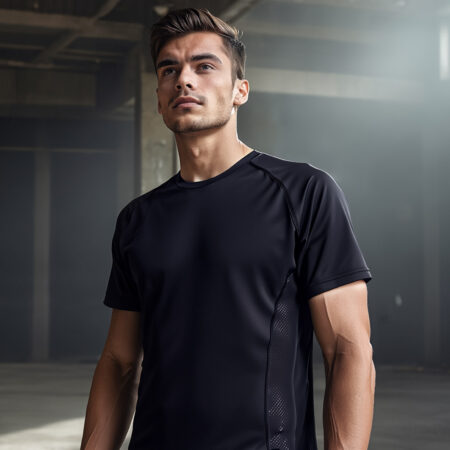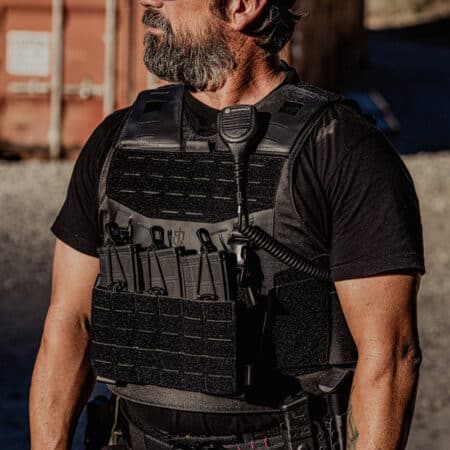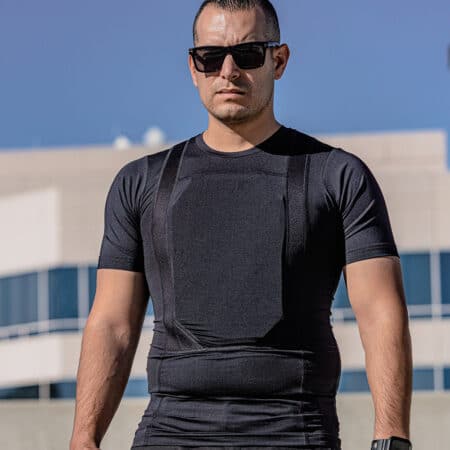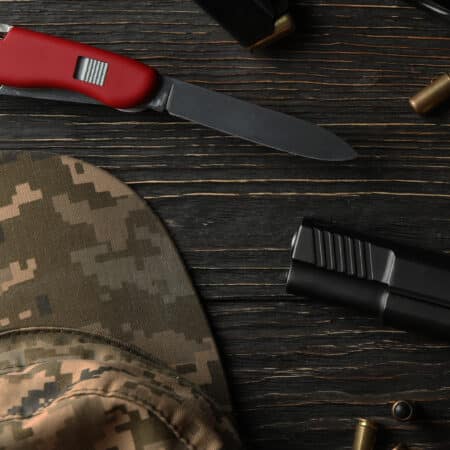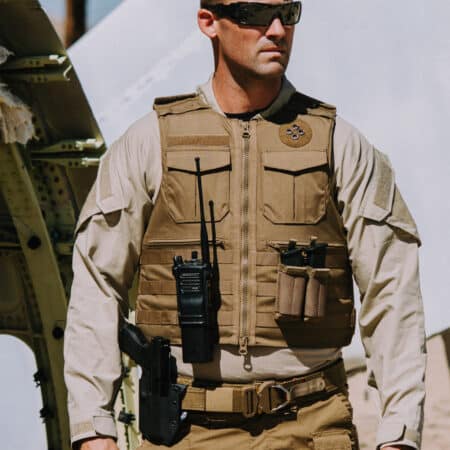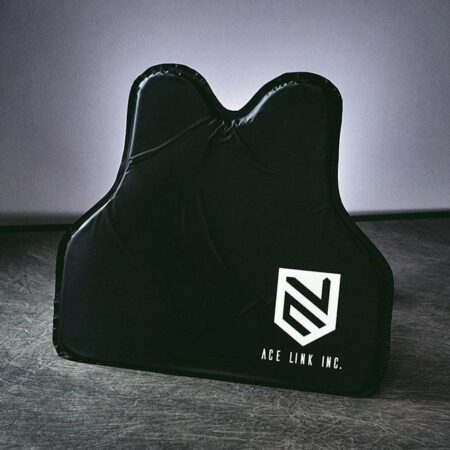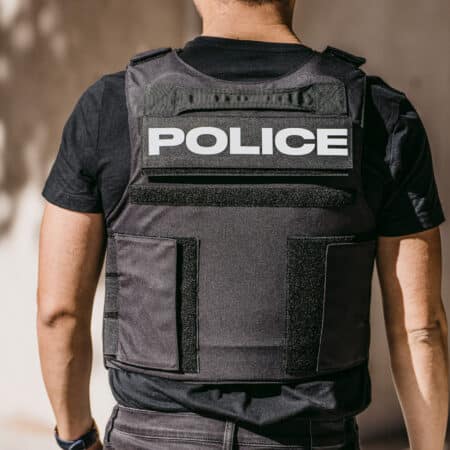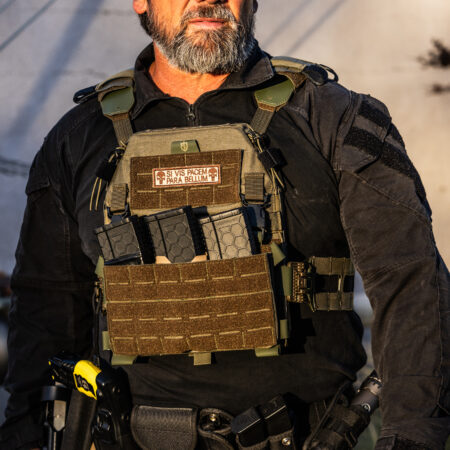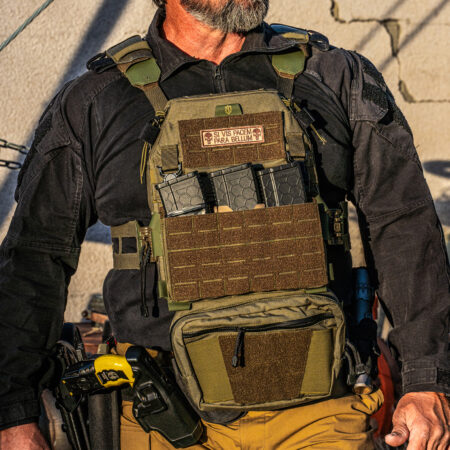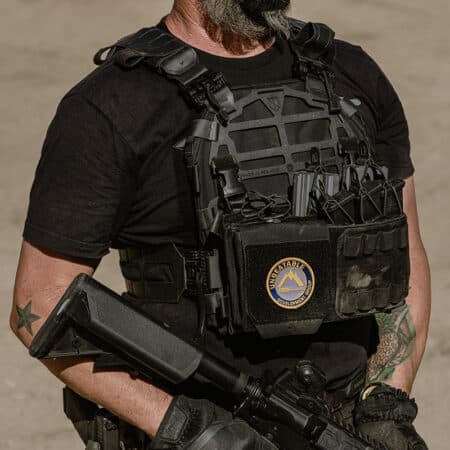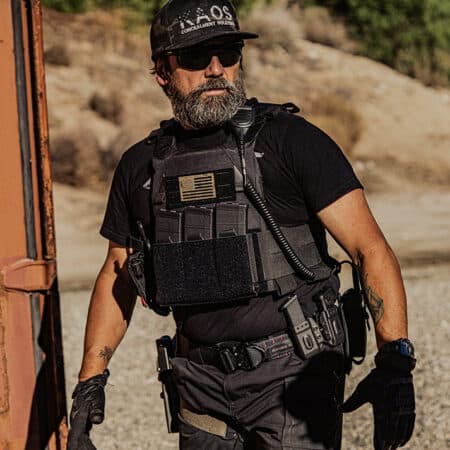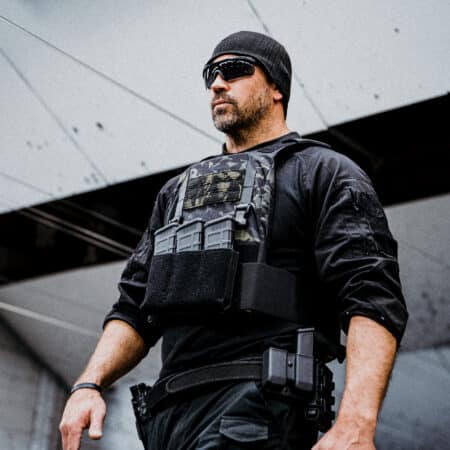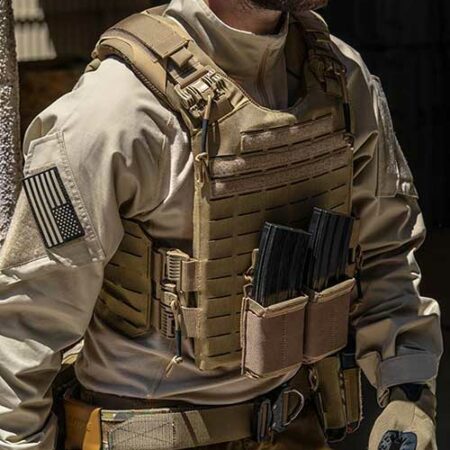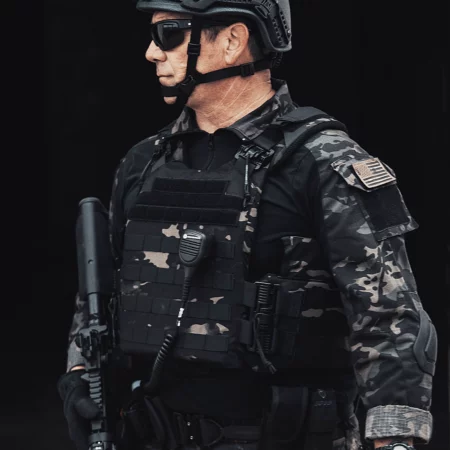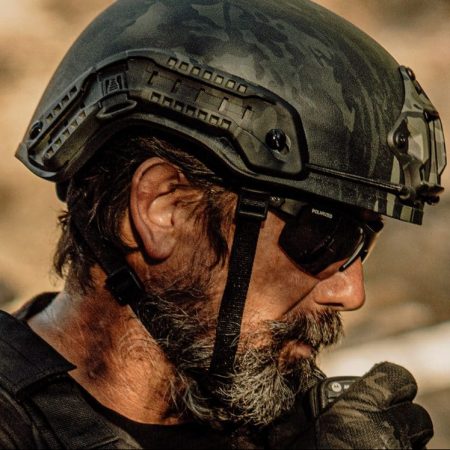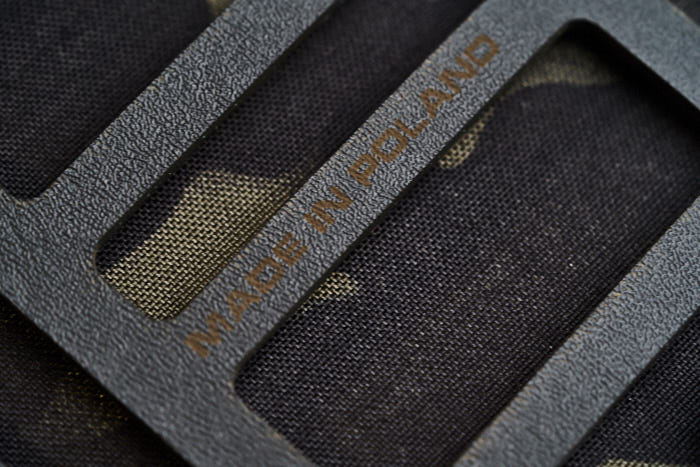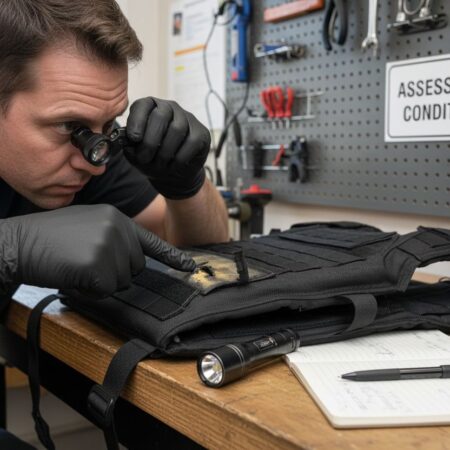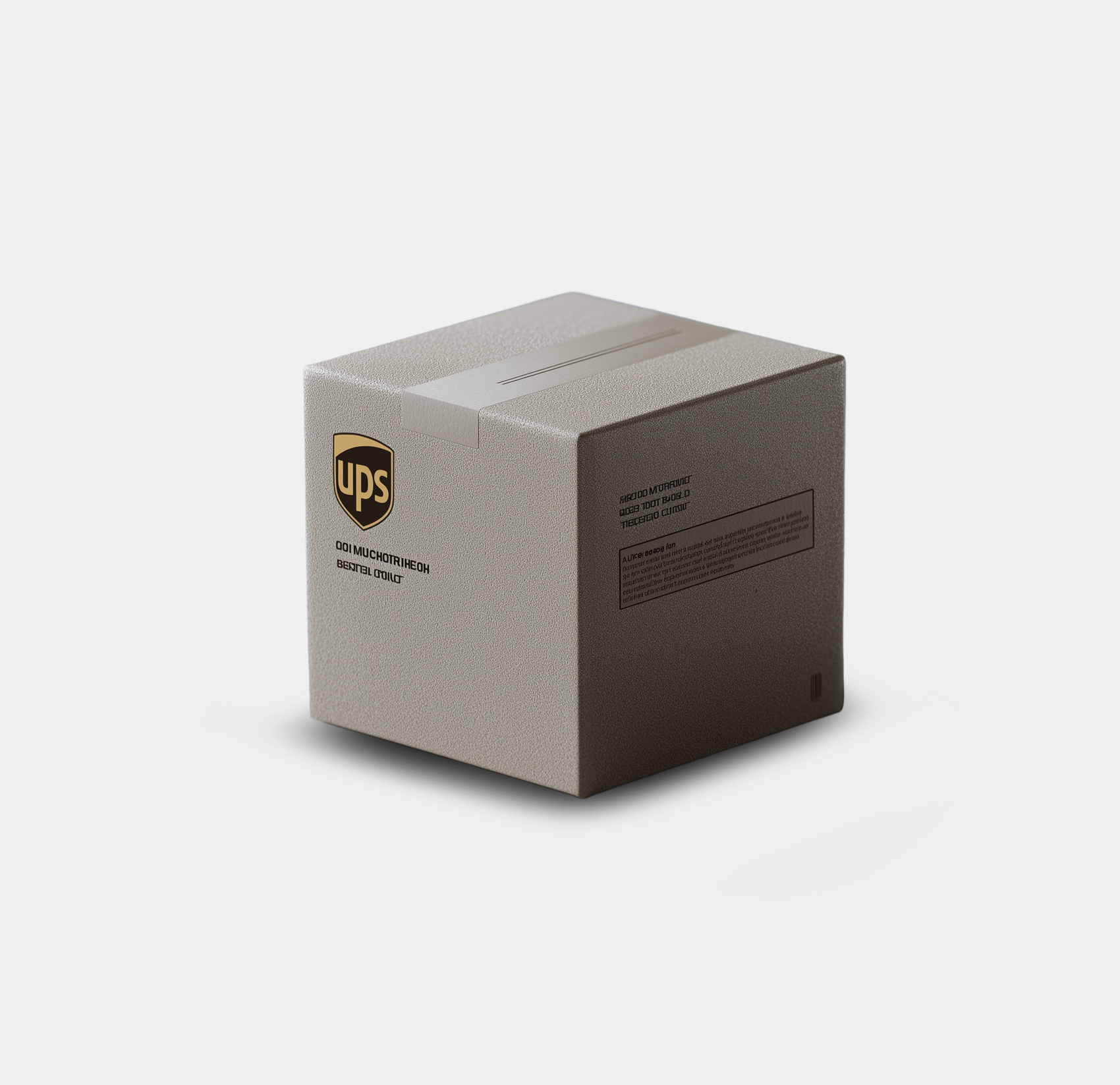- Table of Contents
- Key Takeaways
- Defining Kevlar Body Armor and Aramid Fibers
- Kevlar Body Armor Protection Levels and Performance
- Key Applications in Law Enforcement and Military
- Comparing Kevlar to Ceramic and Polyethylene Armor
- Common Misconceptions and Usage Mistakes
- Elevate Your Protection with Proven Kevlar Solutions
- Frequently Asked Questions
- Recommended
Kevlar is not just strong, it is legendary—offering a tensile strength of about 3.6 GPa, which far outperforms most other materials in protective gear. For law enforcement and military personnel, the right body armor can mean the difference between safety and real danger. Understanding how Kevlar and advanced aramid fibers work, how they compare to ceramics and polyethylene, and their true protective limits is essential for making smart choices in high-risk fields.
Table of Contents
- Defining Kevlar Body Armor and Aramid Fibers
- Protection Levels and Performance Characteristics
- Key Applications in Law Enforcement and Military
- Comparing Kevlar to Ceramic and Polyethylene Armor
- Common Misconceptions and Usage Mistakes
Key Takeaways
| Point | Details |
|---|---|
| Kevlar’s Exceptional Properties | Kevlar is a lightweight, high-strength aramid fiber ideal for body armor, providing protection against ballistic and stab threats. |
| Understanding Protection Levels | Body armor has standardized NIJ protection levels from IIA to IV, tailored to specific threats and ammunition types. |
| Key Applications | Kevlar is widely used in law enforcement and military for daily protection, particularly in tactical and combat situations. |
| Common Misconceptions | Body armor does not guarantee 100% protection; proper fit, maintenance, and understanding limitations are crucial for effectiveness. |
Defining Kevlar Body Armor and Aramid Fibers
Kevlar represents a groundbreaking synthetic fiber that revolutionized personal protective equipment, particularly in body armor applications. Developed by DuPont in the 1960s, Kevlar is a para-aramid synthetic fiber renowned for its exceptional strength and remarkable protective capabilities. According to iarjset.com, this material demonstrates a tensile strength of approximately 3.6 GPa, significantly surpassing competing materials.
Aramid fibers, the broader category to which Kevlar belongs, are synthetic polyamides characterized by their robust molecular structure. These high-performance fibers feature extremely aligned and tightly bonded polymer chains that provide extraordinary mechanical properties.
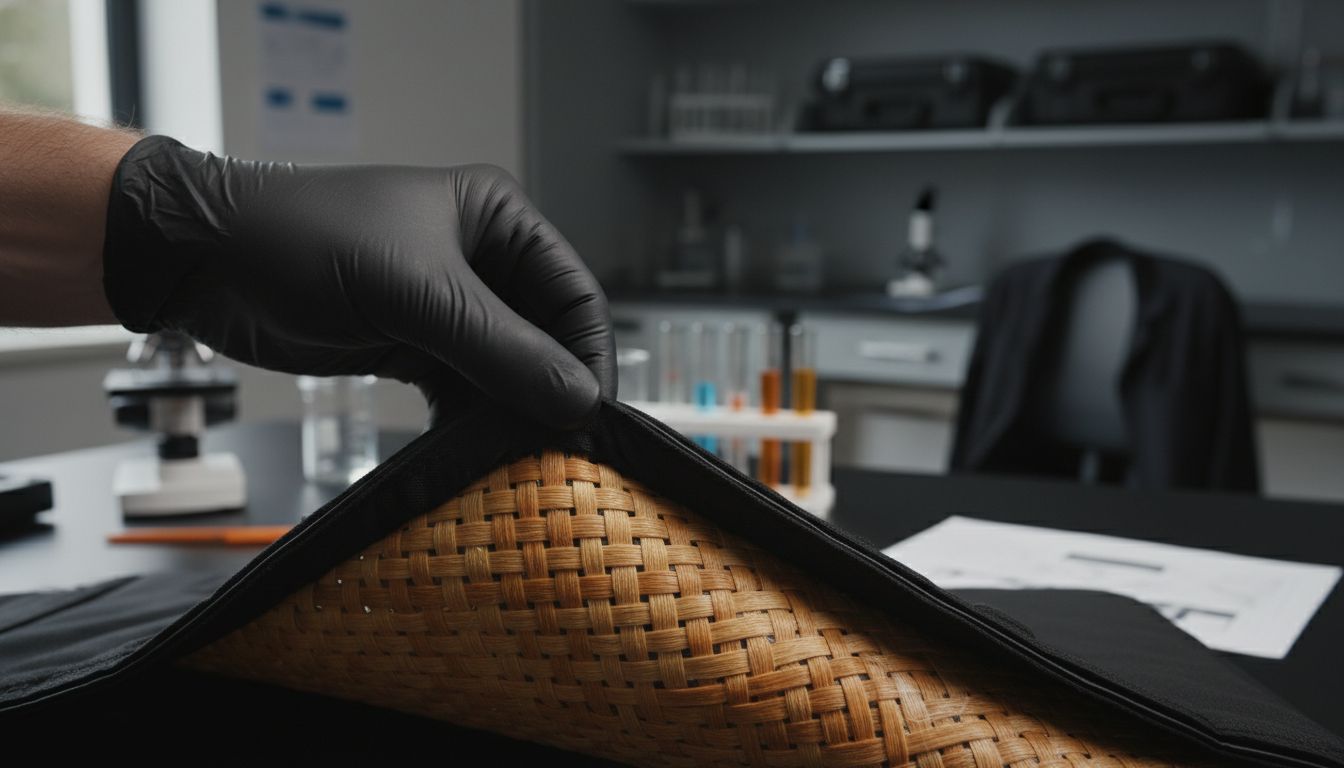 For body armor applications, Kevlar’s unique characteristics make it ideal for protection against ballistic and stab threats. drgaurav.org confirms that soft armor typically incorporates dozens of woven Kevlar fabric layers, often complemented by ceramic backing plates for comprehensive torso protection.
For body armor applications, Kevlar’s unique characteristics make it ideal for protection against ballistic and stab threats. drgaurav.org confirms that soft armor typically incorporates dozens of woven Kevlar fabric layers, often complemented by ceramic backing plates for comprehensive torso protection.
The material’s performance is defined by several key attributes:
- Exceptional tensile strength
- Remarkable heat resistance
- Lightweight composition
- High thermal stability
- Transversely isotropic structural properties
For professionals in high-risk environments like law enforcement and military personnel, understanding Kevlar’s unique properties is crucial. Understanding Body Armor Material Types provides deeper insights into how these advanced materials protect against various threat levels and environmental challenges.
Kevlar Body Armor Protection Levels and Performance
Body armor protection levels are critical in determining the level of defense against various ballistic threats. According to irjet.net, the evolution of protective materials has dramatically transformed from early iterations using thick layers of silk, leather, and metal plates to sophisticated composite materials that enhance safeguarding capabilities while reducing weight and bulkiness.
Ballistic Protection Ratings are standardized by the National Institute of Justice (NIJ) and range from Level IIA to Level IV, each designed to protect against different ammunition types and velocities. Level IIA offers protection against slower handgun rounds, while Level IV provides comprehensive defense against high-powered rifle ammunition. iiste.org highlights that modern body armor like Kevlar offers an exceptional combination of properties including high strength, low weight, and remarkable chemical resistance.
Key performance characteristics of advanced body armor materials include:
- Ability to dissipate and distribute kinetic energy
- Resistance to penetration
- Lightweight design
- Flexibility and ergonomic fit
- Enhanced durability against environmental factors
For professionals seeking comprehensive protection insights, our Next-Gen Ballistics: Beyond Kevlar & Dyneema guide offers advanced perspectives on cutting-edge protective technologies and material innovations.
Key Applications in Law Enforcement and Military
Body armor has become an essential protective technology for professionals operating in high-risk environments. drgaurav.org confirms that Kevlar is extensively used for torso and extremity protection in both law enforcement and military applications, providing critical defense against stab and ballistic threats. The typical soft armor configuration involves dozens of woven Kevlar fabric layers strategically stitched together, often reinforced with ceramic backing plates for comprehensive protection.
In law enforcement, body armor serves multiple critical functions beyond immediate physical protection. Officers require gear that offers not just ballistic resistance, but also mobility, comfort, and adaptability to varied operational scenarios. iiste.org highlights Kevlar’s unique properties, including high strength-to-weight ratio, chemical resistance, and remarkable cut resistance, making it ideal for patrol, SWAT, and specialized tactical units.
Key application areas for advanced body armor include:
- Patrol officer daily wear
- SWAT and tactical team operations
- Military combat and peacekeeping missions
- Correctional facility security personnel
- High-risk investigative units
For professionals seeking deeper insights into tactical protection strategies, our comprehensive Understanding Body Armor Material Types guide provides advanced perspectives on selecting the right protective gear for specific operational requirements.
Comparing Kevlar to Ceramic and Polyethylene Armor
Ballistic protection materials each bring unique characteristics to personal armor design, with Kevlar, ceramic, and polyethylene offering distinct advantages. materialdif.com highlights a critical distinction: Kevlar armor is significantly lighter than ceramic armor, providing enhanced mobility and reduced wearer fatigue, typically weighing 30-50% less than ceramic alternatives.
irjet.net provides deeper insights into the material science behind these protective technologies. Aramid fibers like Kevlar demonstrate exceptional tensile strength and resistance to abrasion, heat, and chemicals, while Ultra-High Molecular Weight Polyethylene (UHMWPE) fibers excel in strength-to-weight ratio and offer robust protection against high-velocity projectiles. Each material presents a unique balance of protective capabilities, weight considerations, and environmental resilience.
Here’s a comparison of key ballistic protection materials used in body armor:
| Material | Weight | Ballistic Protection | Durability | Key Advantages |
|---|---|---|---|---|
| Kevlar | Light | Moderate to High | Excellent heat & chemical resistance | Lightweight High flexibility |
| Ceramic | Heavy | Very High (rifle rounds) | Moderate (brittle) | Stops armor-piercing rounds |
| UHMWPE | Very Light | High | UV & chemical resistant | Best strength-to-weight ratio |
Key comparative characteristics include:
- Kevlar: Lightweight, excellent cut resistance, good thermal stability
- Ceramic: Superior ballistic protection, heavier construction
- UHMWPE: Exceptional strength-to-weight ratio, UV and chemical resistant
Professionals seeking nuanced understanding of material technologies can explore our Understanding UHMW PE vs. Aramid for Bulletproof Vest guide for comprehensive insights into advanced protective materials.
Common Misconceptions and Usage Mistakes
One of the most prevalent misconceptions about body armor is the belief that it provides absolute protection against all types of ammunition and threats. iiste.org emphasizes that Kevlar, while an exceptional material, has specific limitations. The fiber’s remarkable properties include high strength, low weight, and chemical resistance, but it is not an impenetrable shield against every potential threat.
irjet.net highlights the critical evolution of protective technologies, reminding users that body armor’s effectiveness depends on multiple factors beyond material composition. Many individuals mistakenly assume that body armor is a universal solution, overlooking crucial aspects like proper fit, maintenance, and understanding specific protection levels.
Common usage mistakes and misconceptions include:
- Believing body armor provides 100% protection
- Neglecting regular maintenance and inspection
- Wearing improperly sized or fitted armor
- Assuming all body armor works identically
- Overlooking the importance of training and situational awareness
Professionals seeking deeper understanding of body armor nuances can explore our comprehensive Understanding Body Armor Material Types guide to enhance their knowledge and avoid critical usage errors.
Elevate Your Protection with Proven Kevlar Solutions
If you are looking to bridge the knowledge of Kevlar’s unique protective properties with reliable personal armor, understanding the limitations and strengths highlighted in “Kevlar Body Armor: Everything You Need to Know” is critical. Many professionals face the challenge of selecting body armor that balances lightweight comfort, high ballistic resistance, and proper fit while avoiding common misconceptions about what armor can truly protect against. Our expertly curated selection at AcelinkArmor.com is designed precisely to address these concerns by offering gear made from industry-leading materials tailored for law enforcement, military, and security personnel.
Explore our range of bulletproof vests and concealable armor crafted to meet Level IIIA and Level IV standards, ensuring you get the highest certified protection without sacrificing mobility or comfort. Don’t wait until it is too late to upgrade your defense strategy. Take control of your safety today by visiting AcelinkArmor.com and equip yourself with trusted Kevlar-based solutions built to endure real-world threats and provide lasting confidence in the field.
Frequently Asked Questions
What is Kevlar and how is it used in body armor?
Kevlar is a synthetic para-aramid fiber developed by DuPont, known for its high strength and protective capabilities. In body armor, it is used to create multiple woven fabric layers that provide protection against ballistic and stab threats.
What are the different protection levels of body armor?
Body armor protection levels are classified by the National Institute of Justice (NIJ) from Level IIA to Level IV, designed to protect against varying types of ammunition. Level IIA offers protection against lower caliber handguns, while Level IV provides defense against high-powered rifle rounds.
How does Kevlar compare to other materials like ceramic and polyethylene?
Kevlar is significantly lighter than ceramic armor, which enhances mobility and comfort. While Kevlar offers moderate to high ballistic protection, ceramics provide superior defense against high-velocity rounds. Polyethylene, on the other hand, excels in strength-to-weight ratio and is very lightweight but offers robust protection as well.
What are common misconceptions about body armor?
A common misconception is that body armor provides 100% protection against all threats. While Kevlar is a highly effective material, it has specific limitations based on fit, maintenance, and the types of ammunition it is designed to stop.
Recommended
- Understanding Body Armor Material Types – Ace Link Armor
- Understanding UHMW PE vs. Aramid for Bulletproof Vest – Ace Link Armor
- Next-Gen Ballistics: Beyond Kevlar & Dyneema – Ace Link Armor
- Advanced Body Armor: Protection Explained – Ace Link Armor



